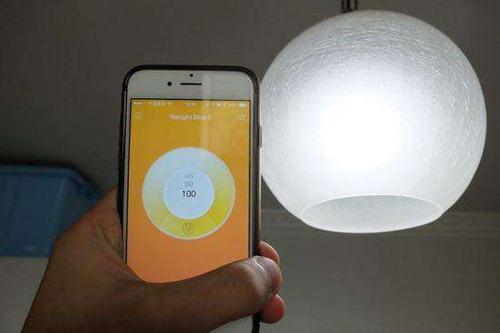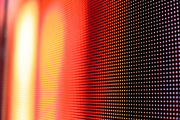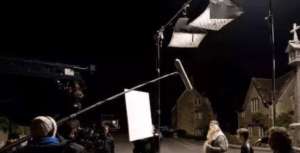What is Color Rendering Index
Color rendering index (CRI), according to the definition of the International Commission on Illumination (CIE), refers to a quantitative measure of the ability of a light source to faithfully display the colors of various objects compared with ideal or natural light sources. LED lights with high CRI are very competitive in applications with strict color requirements such as artwork restoration and newborn care.
Color rendering means: by comparing the artificial light source with the color appearance of the object under sunlight, the influence of the artificial light source on the color appearance of the object can be obtained.
The CRI of the light source cannot express the color of the light source, and this information is reflected by the correlated color temperature (CCT). The distribution of the spectrum is the decisive factor in determining the CRI of the light source. Incandescent lamps have continuous spectrum and high CRI, while fluorescent lamps have discrete line spectrum, and the color rendering index is relatively low.
In the current global market, the CRI value (a common industry term) of lighting products (especially LED lights) is often habitually identified as Ra (such as Ra<60, Ra>80, Ra>95, etc.), which is International standard peer practices.
According to the CIE definition standard, the maximum value of Ra is 100, and it will only be provided to light sources or black bodies that are the same as standard daylight (incandescent lamps are actually black bodies), and the CIE Ra value of some light sources will drop to a negative value. The CRI of a typical LED is 80 or higher, and some manufacturers claim that the CRI of their LEDs is as high as 98. The CRI of the low pressure sodium lamp is negative. The CRI of fluorescent lamps ranges from about Ra50 for the basic type to about 78 for the best multi-color fluorescent lamp type.
Although CRI is a very common luminaire performance indicator in household lighting products, CRI is not a good indicator for all visual evaluations. For light sources below 5000 Kelvin (K), CRI is even more unable to play its due role. The IES TM-30 new standard solves these problems and has begun to be widely used in the world’s lighting industry as a new CRI standard.
What is Good CRI?
The color rendering index (CRI) measurement value is an optical professional concept, and its value is a range between 0 and 100. If this value is zero (0) or below zero, it means that the world is completely in darkness. A CRI of 100 means that the color that people see with the naked eye is the true color of the object. The CRI of incandescent and halogen lamps is 100.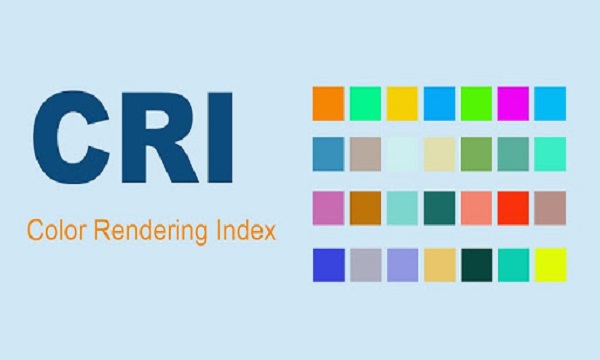
In the world’s LED lighting industry, light sources with a CRI of 80 to 90 are generally popular. Some customers have customized requirements or special requirements of the place where CRI is 90+. These light sources are very good! The higher the CRI, the stronger its ability to display the color of the object itself.
What does CRI mean for LED lights?
For most lighting application scenarios, lights with CRI greater than 80 are required.
Lights with a CRI greater than 90 are “high CRI” lights, which are usually used in hospital operating rooms, laboratories, aerospace flight control centers and other occasions with high requirements for precision.
Today’s high-quality LED lighting in the industry usually consumes only a small part of the energy of traditional lighting, and it also has a very high CRI, but it can show more beautiful, bright and changeable colors than traditional lights.
In addition to CRI, there are two other metrics that measure the high or low quality of the light source. CCT refers to “correlated color temperature”, and “lux” is another measure, which refers to the total amount of light that hits an area of 1 square meter at a distance of 1 meter.
Since lighting is essential to our work and home life, lighting suppliers use lux to measure the illuminance on the work surface or the luminous flux in a specific area. Architects, lighting designers and contractors all know what type of lighting they need to install in football fields, theaters, basketball courts or horse arena.
At Tachyon, we only provide high-quality products that can meet your needs for lighting upgrades at very reasonable prices. Our experienced staff can help you choose the products that suit your needs.
Please click to browse our 2021 latest product catalog, we believe there will be one that can meet your requirements!
Is Higher CRI Better?
The higher the color rendering index, the easier it is for the human eye to distinguish various colors of objects. If the human eye is exposed to a light source with poor color rendering for a long time, the sensitivity of the cone cells of the human eye will also decrease, and it is easy to eye fatigue. Fine places have strict requirements on the color rendering of the light source. Therefore, not only the LED light source, but any light source is the same. The higher the color rendering, the less likely it is to damage the eyesight.
There are two types of color rendering index:
- Faithful color rendering
A light source with a high color rendering index (Ra) must be used to correctly express the original color of the substance, and its value is close to 100, and the color rendering is the best.
- Color rendering effect
To sharply emphasize a specific color, and express the beauty of life, you can use the method of additive color to enhance the color rendering effect. Using a low color temperature light source to illuminate can make the red more vivid; using a medium color temperature light source to illuminate, so that the blue has a cool feeling; using a high color temperature light source to illuminate, make the object feel cold.
When there is little or lack of the main wave reflected by the object under the reference light source in the light source spectrum, the color will have an obvious color shift. The greater the degree of chromatic aberration, the worse the color rendering of the light source. The color rendering index coefficient (Kau fman) is still a common method to define the color rendering of a light source.
The color rendering index of sunlight is defined as 100, and the color rendering index of incandescent lamps is very close to sunlight, so it is regarded as an ideal reference light source.
This system uses 8 standard color samples with medium chroma to test, compares the deviation degree of the 8 colors under the test light source and the standard of the same color temperature, to measure the color rendering index of the light source, and take the average deviation value Ra20-100 , 100 is the highest, the greater the average color difference, the lower the Ra value. Light sources below 20 are generally not suitable for general use.
In indoor lighting projects, due to the changeable objects (such as people, prints, fabrics, etc.), rich colors, short viewing distance, and high accuracy requirements for color reproduction, designers usually choose high CRI products, which require CRI >90.
Through the comparison and analysis of the color temperature, CRI, and luminous flux of light sources of different specifications, it is found that the higher the CRI of most light sources, the lower the luminous flux, that is, the lower the luminous efficiency.
When the same power lamps are lighting the same object, the brightness of low CRI lamps is slightly higher, and the color of high CRI lamps is slightly better. There is a visual difference with the naked eye, but not much.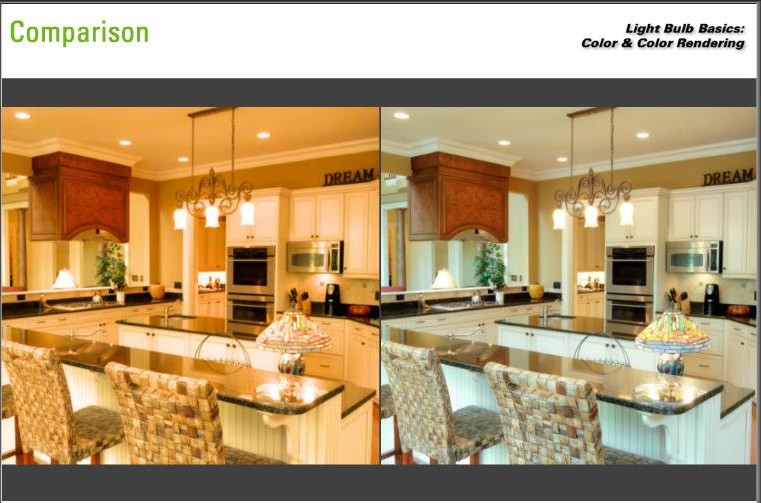
In outdoor landscape and architectural lighting, because the illuminated objects are relatively fixed (such as a building, a blue brick road, trees, etc.), there are few color changes, at the same time the scene is open, the viewing distance is large, and the ambient light is complex, usually The requirements for light efficiency are higher.
When the scene accuracy requirements are not high and the investment budget is limited, from a more economical point of view, the CRI requirements can be moderately reduced. Generally, the CRI requirements for landscape lighting are: CRI>80, R9>0.
If it is a relatively complex, small-scale boutique project or key space, the parameter requirements of CRI can be increased according to actual needs, and floating space should be reserved for the cost accordingly.

